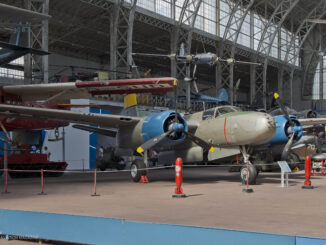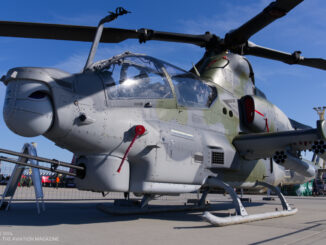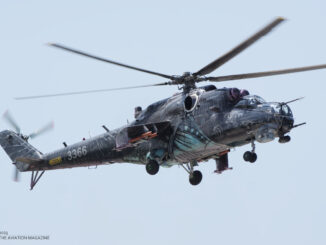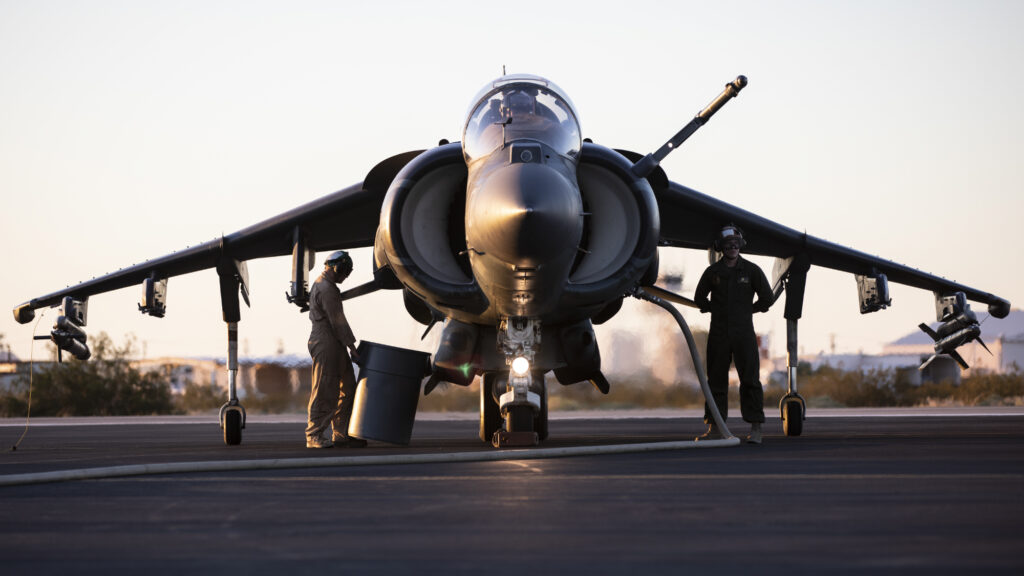 At the beginning of April 2024, the United States Marine Corps (USMC) informed that the final two pilots graduated from the AV-8B Harrier II Fleet Replacement Detachment (FRD) of the Marine Aircraft Group 14.
At the beginning of April 2024, the United States Marine Corps (USMC) informed that the final two pilots graduated from the AV-8B Harrier II Fleet Replacement Detachment (FRD) of the Marine Aircraft Group 14.
Capt. Joshua Corbett and Capt. Sven Jorgensen became the last graduates of the Harrier training at the FRD. The two pilots received their 7509 Military Occupational Speciality, defining them as fully qualified AV-8B Harrier II pilots.
The story of USMC vertical/short take-off and landing (V/STOL) aircraft began in 1969. In April of that year, the first Harrier squadron with the Royal Air Force was established. One month later, two Harriers participated in the Daily Mail Transatlantic Air Race from London to New York, completing the flight in 6 hours and 11 minutes. That stunt attracted attention of the USMC authorities that, at that time, were looking for a new aircraft with close air support (CAS) capabilities.
Initially, the USMC ordered 102 examples of the aircraft, designated AV-8A (company designation Harrier Mk 50). The first jet was delivered in January of 1971 and later that year the Marine Harriers officially began their operational service.
Over the next years, the USMC tested several concepts of use for the new aircraft. They were focused both on exploitation of the V/STOL capabilities of the Harrier, as well as limitation of use of the US Navy supercarriers. The AV-8A performed operations from various types of assault ships, aircraft carriers and the new kind of vessel, developed by Admiral Elmo Zumwalt and designated Sea Control Ship. Another interesting concept, codenamed Arapaho, included a rapid conversion of civilian cargo ships into Harrier-operating carriers. However, due the cost and time needed for such conversion, the idea was abandoned after the testing phase.

Finally, the USMC operational concept for Harriers returned to classic carrier-based deployment, supported by on-shore forward bases to be established within twenty-four hours and around 20 miles (32 kilometres) from the Forward Edge of Battle (FEBA).
In 1979, the USMC began upgrading its Harriers to AV-8C standard. The modernization extended the aircraft service life and even improved its VTOL capabilities.
However, three years earlier, the USMC began to develop a significantly upgraded variant of the aircraft. It was designated AV-8B Harrier II and executed by McDonnell Douglas aviation company. The goal was to extend payload and range of the Harrier, while keeping – or even further improving – its VTOL performance. Therefore, the modernization included new, more powerful engine, new wings and air intakes, redesigned fuselage, exhaust and nozzles, as well as cockpit and avionics upgrade.
The Harrier II performed its maiden flight in November of 1978 and next year was approved for serial production. Initially, the USMC ordered only twelve aircraft but with option to acquire another 300 in the future.
In 1981, British Aerospace (then BAE Systems) joined the Harrier II programme. The joint development resulted in even more upgraded variant of the AV-8B and also its British derivation, the British Aerospace Harrier II. The new version of the aircraft performed its maiden flight on 5th November 1981.
The first AV-8B arrived to Marine Corps Air Station Cherry Point, North Carolina, in January of 1984. One year later, the USMC Harrier IIs entered operational service.

Eventually, there were approximately 340 examples of the AV-8B built, as well as another 143 examples of the BAe Harrier II. Apart from the USMC, the aeroplane was also acquired by the Italian and Spanish navies. Production of the AV-8B Harrier II was ceased in 2003.
The USMC AV-8B were used in combat during Operations Desert Shield and Desert Storm (the Gulf War), Operation Southern Watch, Operation Allied Force (in former Yugoslavia), Operation Enduring Freedom (Afghanistan), the Iraq War of 2003 and Operation Odyssey Dawn in Libya. In addition, the USMC Harriers performed air support and reconnaissance duties in several operations on the African continent – in Somalia, Rwanda, Liberia and Sierra Leone.
Nowadays, the Harrier II is already in the process of its retirement from the Fleet Marine Force. Marine Attack Squadron (VMA) 223 ´Bulldogs´ will be the last Harrier squadron in the USMC and is set to continue operating the platform through September 2026.
´The significance of the last replacement pilot training flight in the Harrier community is that it is the beginning of the end for us as a community´, said Corbett. ´The Harrier, more than many aircraft than I have come across, elicits an emotional response. For members of the public, members of the aviation community, members of the Marine community, and especially members of the Harrier pilot community, it’s bittersweet. All good things have to come to an end, and it’s our turn soon, but not yet.´
The AV-8B role with the USMC will be taken over by Lockheed Martin F-35B Lightning II, the V/STOL variant of the 5th generation aircraft. The Fleet Marine Force is planning to acquire 340 examples of the F-35B, as well as another 80 examples of the F-35C, the carrier-based variant.
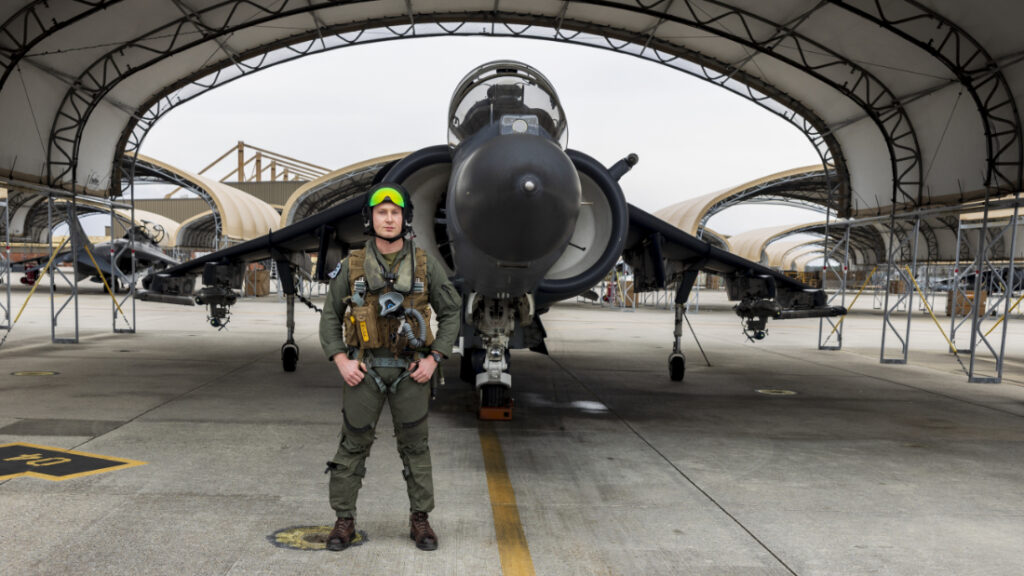
Cover photo: US Marines with Marine Aviation Weapons and Tactics Squadron One (MAWTS-1) refuel an AV-8B Harrier II Plus aircraft during Weapons and Tactics Instructor (WTI) course 1-20 at Laguna Army Airfield in Yuma Proving Ground, Arizona, Oct. 7, 2019 (USMC photo by Cpl. Lauren Brune, cropped).
All photos and quotations © U.S. Department of Defence (DoD). DoD information materials were used, in compliance with Public Domain licence. The appearance of U.S. Department of Defense (DoD) visual information does not imply or constitute DoD endorsement.

